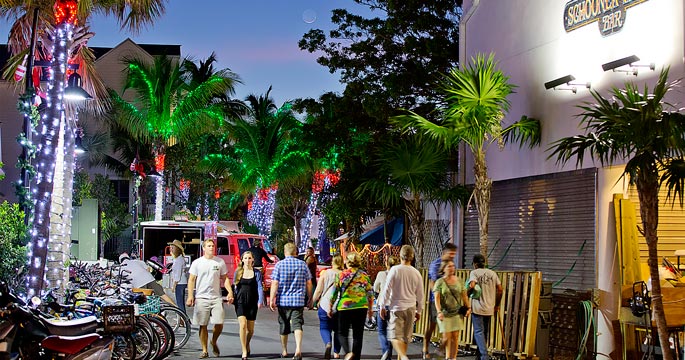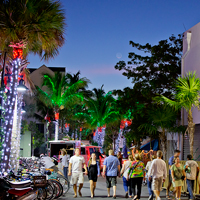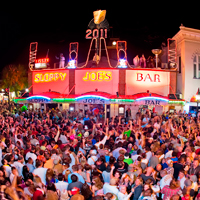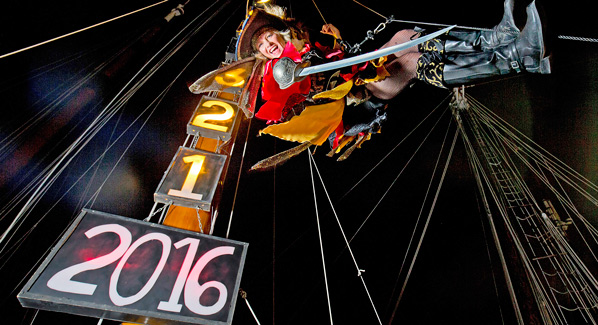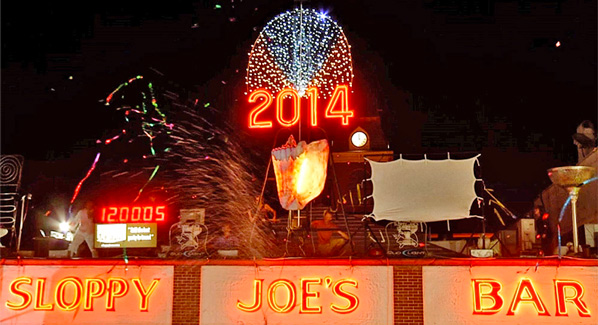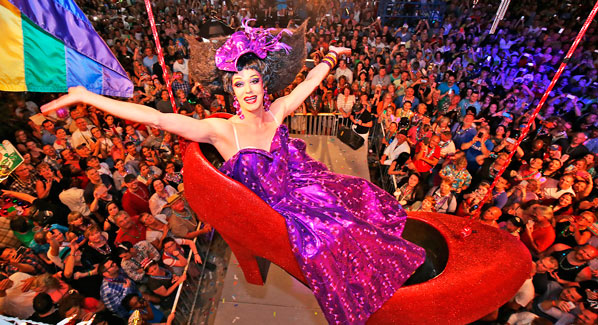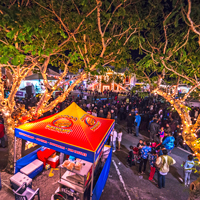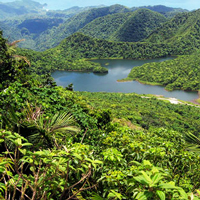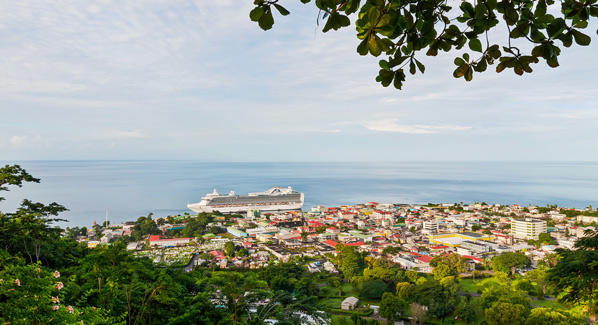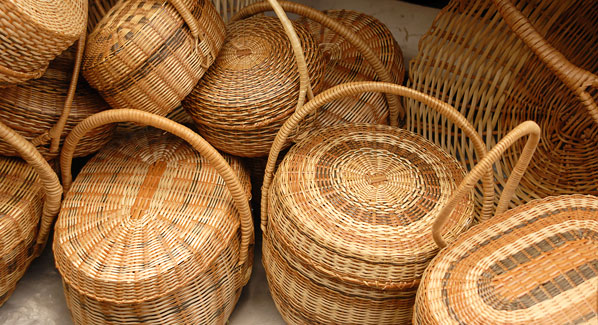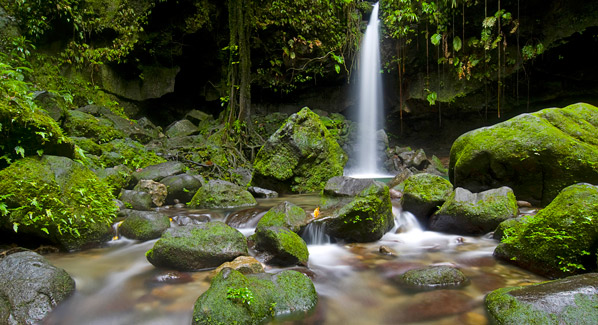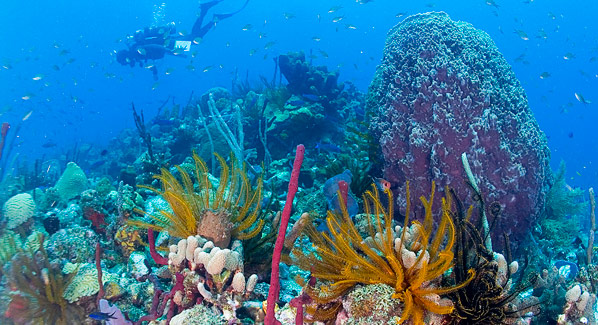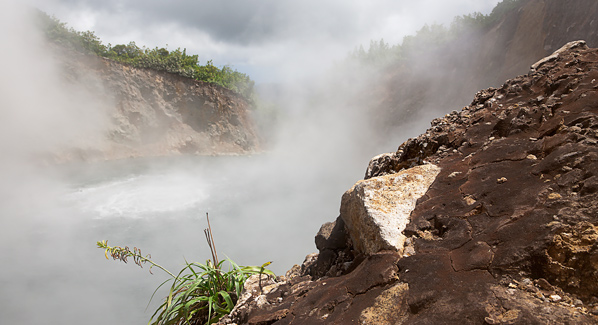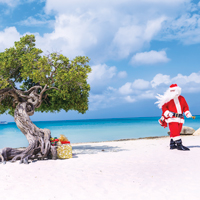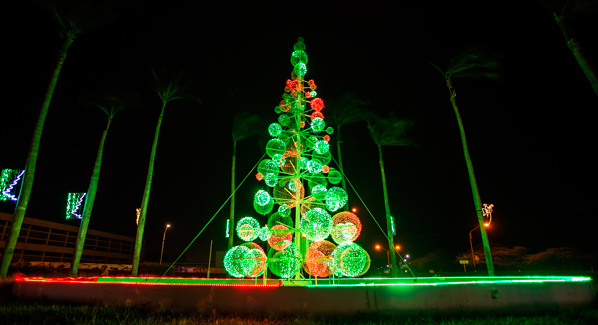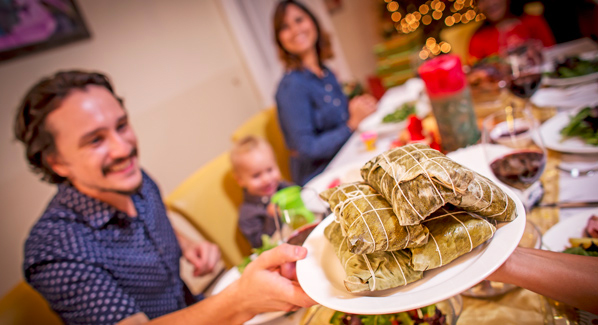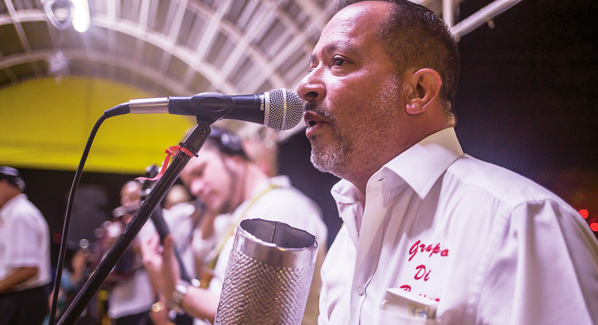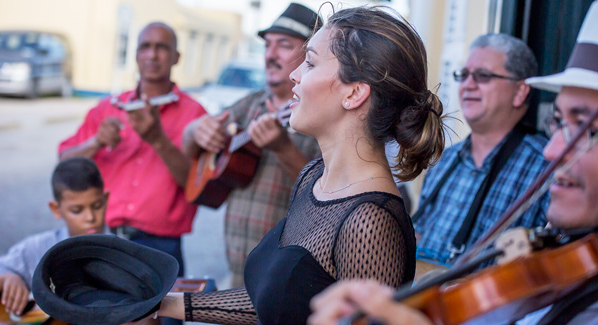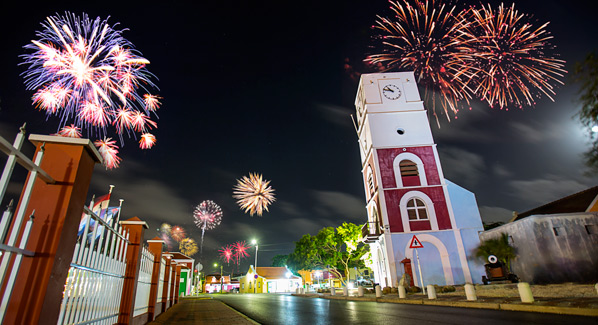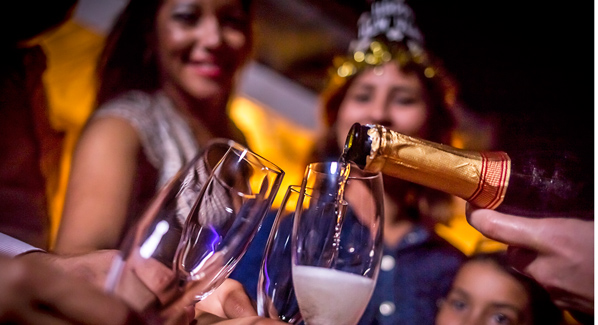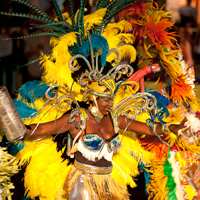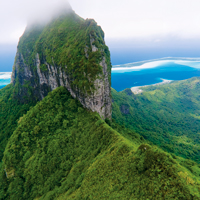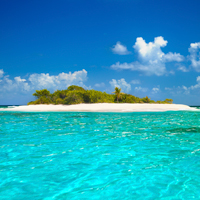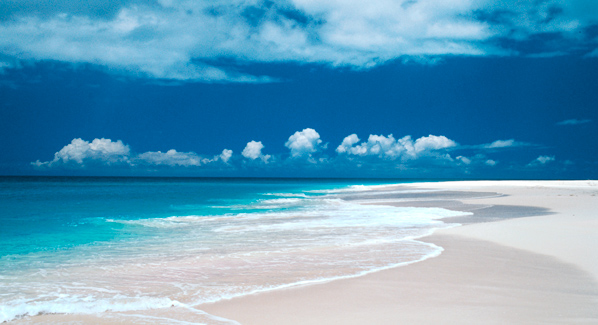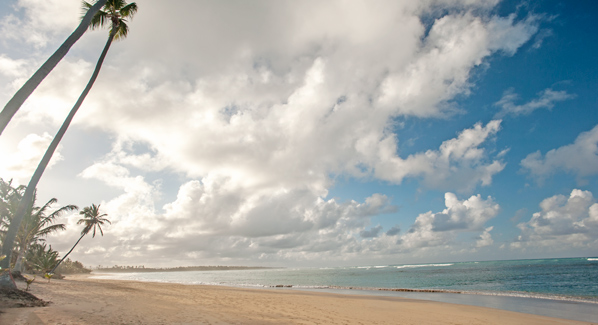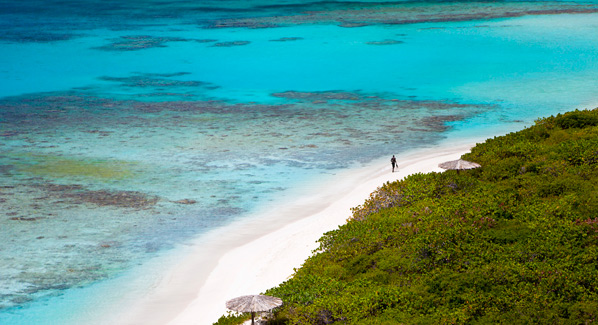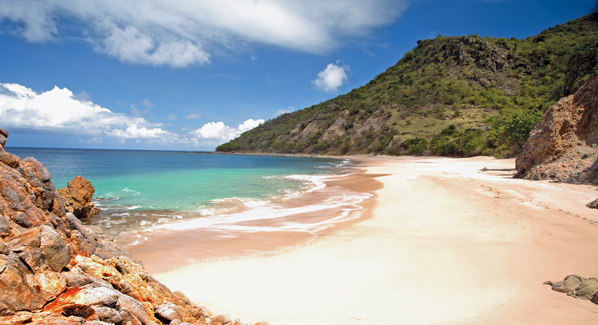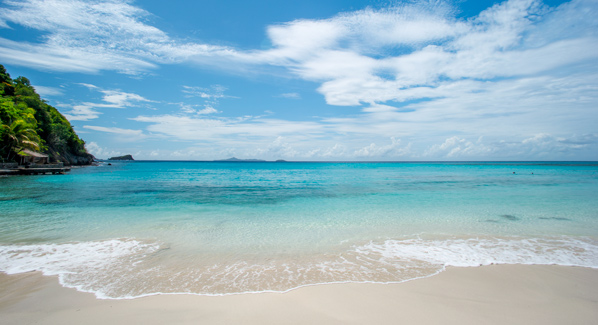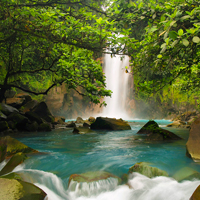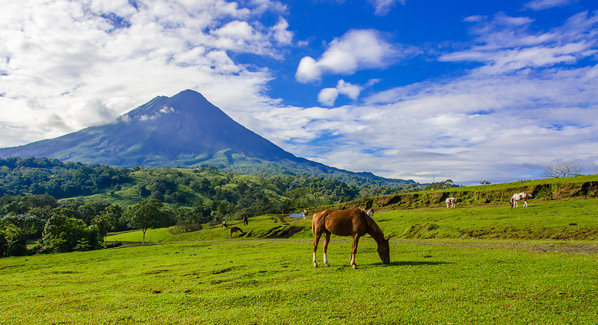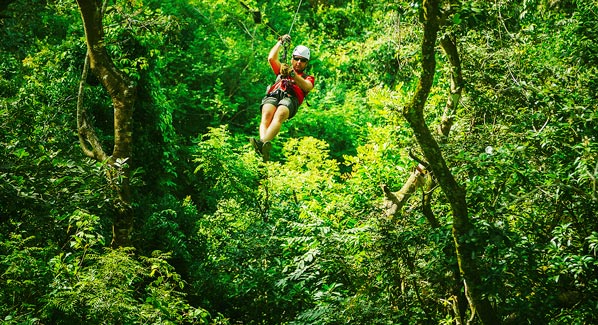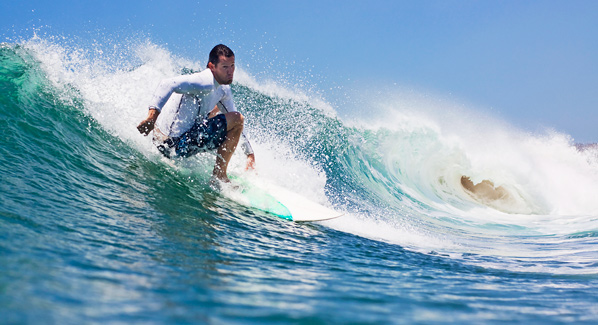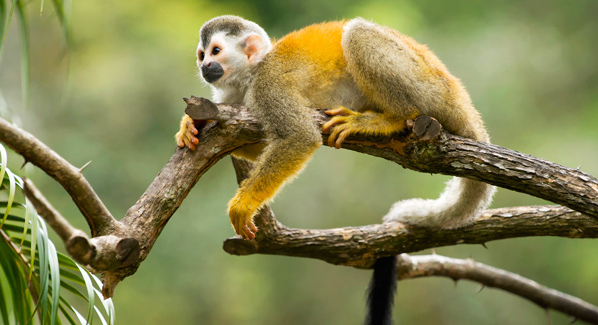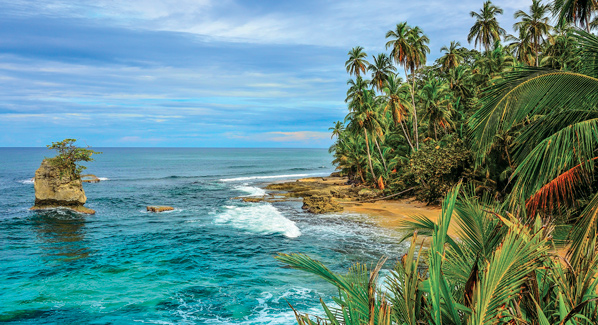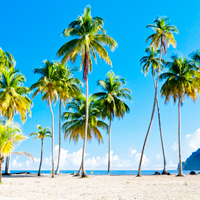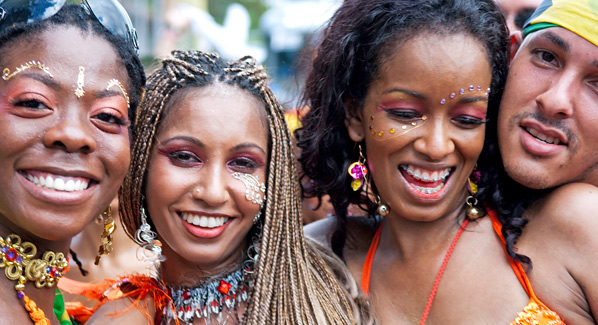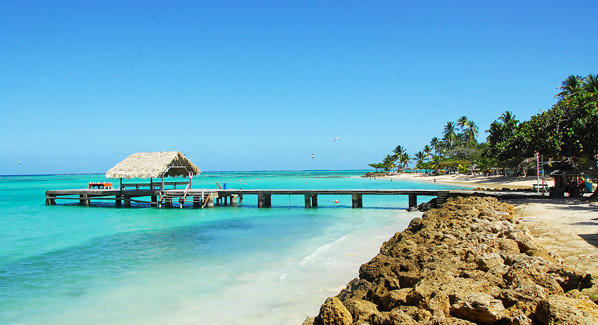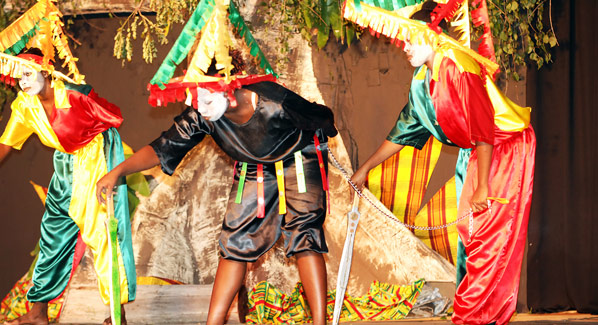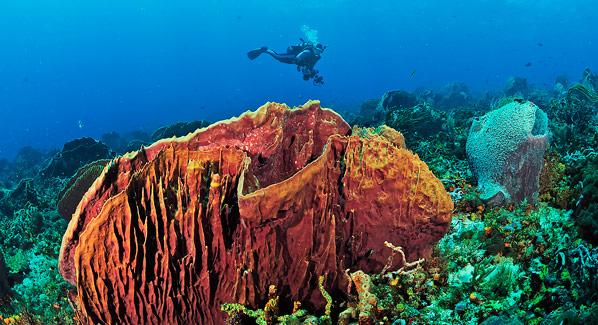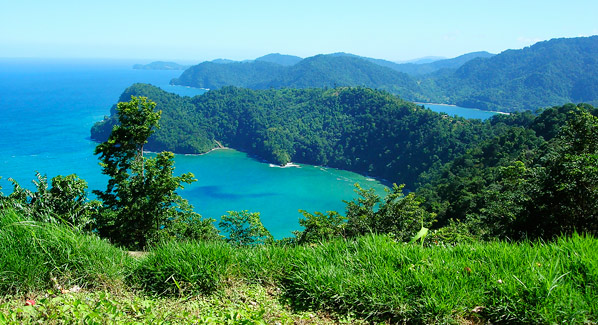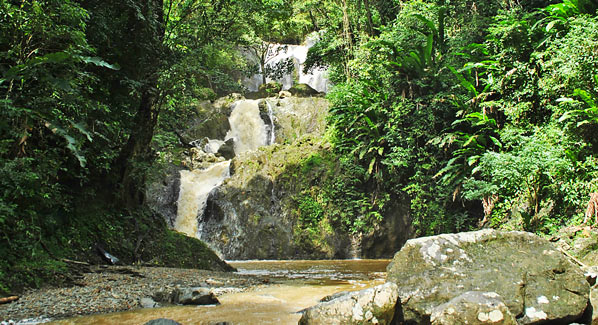If sleigh bells and snow shovels aren’t your thing, travel south for the holidays. Head all the way south to the nation’s southernmost city, Key West. Here, holiday traditions take on a tropical flair, but lights, music and seasonal cheer are still very much in evidence. Here are some of the ways you can celebrate the season, southernmost style.
Holly Jolly Trolley
A fun way to take in holiday lights all across Key West is aboard the Old Town Trolley. The seasonal Holly Jolly Holiday Tour operates through the month of December, with cookies, cider and a special 60-minute route through the southernmost city that showcases seasonal decorations and displays.
Hospitality and Noshes
On the evenings of December 7 and 14, the small inns and guesthouses of Key West hang the decorations, turn on the lights and open their doors for the Holiday Historic Inn Tour. Participants who purchase a ticket can sample savory cuisines from Key West restaurants, sip vintage wines and enjoy other holiday refreshments while touring some of the town’s most historic and architecturally significant properties.
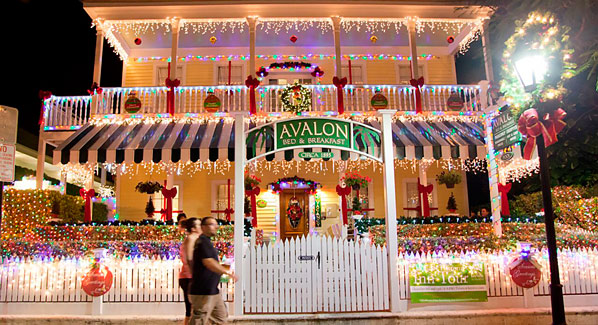
The Avalon Inn is showcased on the Holiday Historic Inn Tour. For convenience, organizers provide free transportation between properties. Photo: Florida Keys News Bureau
The Southernmost Tree
On December 16th, everyone is invited to enjoy a free bowl of conch chowder and board the iconic Conch Train for a ride to the southernmost point in the continental United States. There, a Christmas tree overlooking the Atlantic Ocean is waiting to be illuminated as the sun sinks below the horizon.
Open Houses
For more than 50 years, the Key West House & Garden Tour has provided visitors with a peek at some of Key West’s most historic homes and luxuriant gardens. The annual self-guided tours showcase festively dressed homes and gardens, with proceeds benefiting the Old Island Restoration Foundation’s museums and education programs.
Water Colors
Rowboats, tall ships and everything in between will show their holiday colors as they cruise the waters of Key West Bight on the evening of December 10. The floating light show can be viewed from points all along the Historic Seaport and harbor areas. The evening is also marked by steel band music and live singing performances.
Harbor Lights
Through the holiday season, the Historic Seaport at the Key West Bight is lit from rooftop to waterline with thousands of festive lights and unique seasonal displays that incorporate nautical themes. The displays stretch from Greene Street to Grinnell Street, giving pedestrians a chance to enjoy the show as they browse unique island shops and galleries, or relax at waterfront restaurants and watering holes.
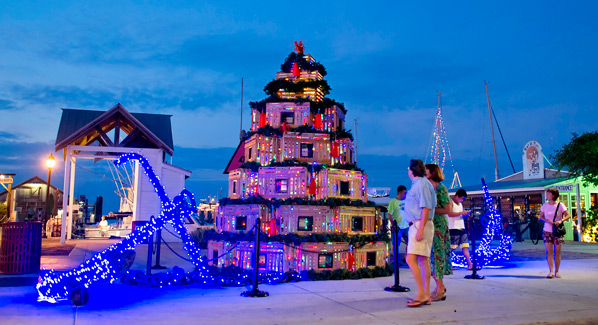
At Key West Bight, lighted crab traps are transformed into holiday decorations as part of the annual Harbor Lights display. Photo: Rob O’Neal/Florida Keys News Bureau
A Conch Classic
The Southernmost City puts a fresh spin on a holiday classic with performances of Nutcracker Key West. This island flavored version of the holiday classic features costumes and sets depicting Key West’s history and coral reef environment. Evening and matinee performances are scheduled for December 19 to 22 at the Tennessee Williams Theatre.

